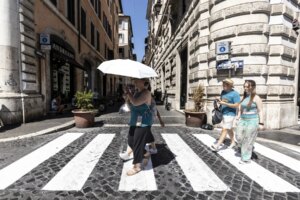While these Italy (Italia) facts may not help you find a job, decide where to live, or how to navigate public transport, they can be shared at a dinner party with new friends.
These facts about Italy offer some insight into the country’s many nuances, which can help internationals integrate into the local culture. So, here are some intriguing things to know about your new home.
- 1. Italy is a surprisingly young country
- 2. Italy boasts the most UNESCO World Heritage sites
- 3. There are three active volcanoes in Europe, all in Italy
- 4. Italy is also home to the world’s smallest country
- 5. Italians are innovative inventors
- 6. Italy is the world’s largest wine producer
- 7. Torino’s dog owners are obliged to stay active
- 8. The world’s oldest university is in Italy
- 9. Most musical terms are derived from Italian
- 10. Italian isn’t the country’s only language
- 11. Some of the greatest artists and authors were Italian
- 12. Pasta is a way of life
- 13. The water is safe to drink
- 14. Rome is pretty old
- 15. Tossing a coin in Trevi Fountain means you promise to return
- 16. Religion is a part of the culture
- 17. Shakespeare was a fan
- 18. One of the world’s five blue zones is in Italy
- 19. There are tons of picturesque lakes
- 20. Italy has a serious coffee culture
- 21. Italians love cheese and are great at making it
- 22. The last Italian king had a remarkably short reign
- 23. Italy even has a free wine fountain
- 24. Evening strolls are a cultural and social thing
- 25. Matera is home to 9,000-year-old cave dwellings
- 26. Thank the Italians for your forks
- 27. Italy goes by several other names
- 28. Tourists love Italy
- 29. Italy supplies the world with olive oil
- 30. Italians can be superstitious
1. Italy is a surprisingly young country
It’s undoubtedly filled with centuries of history. One of the most astounding Italy facts is that the country — as we know it — only came into being in 1861, after a push for unification by a movement called Risorgimento (Rising Again).

After the fall of the Roman Empire, Italy became a collection of separate states with their own rulers and political systems. If the Papal States, the Venetian Republic, the Duchy of Milan, and the Kingdom of Naples sound familiar, these were all historical states that became part of a unified Italy.
Because of this unique historical development, the country now has so many different cultures, attitudes, languages, and cuisines.
2. Italy boasts the most UNESCO World Heritage sites
With a total of 58 UNESCO sites, Italy is officially home to the world’s highest number of heritage locations. China is a close second, with 56 sites. UNESCO is The United Nations Educational, Scientific, and Cultural Organization.
Some sites are cultural, like the cities of Verona and Venice (Venezia) or the historical centers of Florence (Firenze), Naples (Napoli), and Rome (Roma) with its Colosseum. This list also includes 13 towns along the Amalfi Coast, Cinque Terre, Padua’s Botanic Gardens, and, for wine connoisseurs, the vineyards of Piedmont. Other natural heritage sites include Mount Etna (Monte Etna) and The Dolomites.
You certainly won’t run out of cultural and natural monuments to visit while you’re in Italy.
3. There are three active volcanoes in Europe, all in Italy
Here’s an Italy fact to whip out at your next pub quiz: the country is home to all three of Europe’s active volcanoes. And one could erupt at any moment.
Set on the island of Sicily (Sicilia), Mount Etna recorded its 50th eruption in 2021. It is better known as a great trekking destination and for its fertile agricultural soil.
Nearby, Mount Stromboli is less well known, though adventurous tourists still explore the area.
In the Italian South, specifically Naples, Mount Vesuvius is most famous for the devastating eruption in 76AD, which destroyed the town of Pompeii (Pompei). It is technically still active, though it last erupted in 1944.
4. Italy is also home to the world’s smallest country
A country within a country – and a city? Yes, it’s true! Home to the Pope, Saint Peter’s Basilica, the Sistine Chapel, and famous museums, the Vatican City (Stato della città del Vaticano) is in Rome and is a city-state meaning it’s a country in its own right.

Covering just 1,000 acres, the Vatican became a sovereign state in 1929, with the Pope as its head of state. It even has its own system of government, law, and military (the Swiss Guards).
What’s more, Italy also holds the fifth smallest country in the world within its borders: the microstate San Marino. Located in Italy’s northern mountains, it covers just over 15,120 acres and is home to around 33,500 inhabitants. Founded in 301 AD, this small country is the oldest sovereign state in the world.
5. Italians are innovative inventors
Italy has offered so much more than delicious food, high fashion, and fine wines. It is also the birthplace of many inventions.
For example, Santorio Santorio invented the first thermometer in 1612. Research suggests that a Tuscan inventor designed the first pair of eyeglasses in the latter part of the thirteenth century. And society can thank Bartolomeo Cristofori for the piano around 1700.
In addition, the world’s first public bank, the Bank of San Giorgio, opened in Genoa (Genova) in 1407.
6. Italy is the world’s largest wine producer
You probably already know that food is practically a religion in Italy. But its wine culture is equally important. The country is the biggest wine producer in the world (49.8 million hectoliters in 2022), well ahead of Spain (35.7 million hectoliters) and France (45.6 million hectoliters).

From the famous varietals of Tuscany (Toscana) to lesser-known local tipples from the vineyards of Sardinia (Sardegna) and Calabria, Italians take their wine seriously. There are many rules around drinking and how to pair wine with food. Be sure to think of these while trying the country’s varied cuisines!
7. Torino’s dog owners are obliged to stay active
If you bring your pooch with you to Italy, take note of this unique Italy fact. Residents of Torino, in the northern region of Piedmont, must legally walk their dogs three times a day. If your dog is not getting its daily exercise, you could be fined.
8. The world’s oldest university is in Italy
Operating continuously since opening in 1088, the University of Bologna (Università di Bologna) is officially the oldest university in the world. Once, it only offered doctorate programs, but nowadays, it is a major learning institution with a wide array of courses and degrees.
Unsurprisingly, the university has turned out a slew of famous alumni through the centuries, including Laura Bassi, the first woman to hold a professorship. Scientist Nicolaus Copernicus, author Umberto Eco, F1 CEO Stefano Domenicali, Dante (Inferno), and several Popes all graduated from the prestigious school.
9. Most musical terms are derived from Italian
Have you ever read sheet music and wondered about all the Italian terminology? The answer is a surprising Italy fact that stems back to the development of musical notation. Standards for writing and talking about music were mostly set between the Renaissance and Baroque periods.
In Europe, most of the early composers – who were largely responsible for this – were from Italy. And so, anyone that has ever learned a musical instrument is familiar with these Italian musical terms, even if they do not speak the language, for example:
| Italian | Meaning |
| allegro | fast |
| adagio | slow |
| crescendo | gradually louder |
| tutti | performed by the entire ensemble |
| staccato | shortened and sharply separated notes |
10. Italian isn’t the country’s only language
As an international, being able to speak Italian will ease your integration. However, if you want to get in with the locals, you might want to pick up a few words of the dialect of the area.
Italy has some 28 distinct dialects in the country. For example, you might hear Sicilian in Calabria and Palermo, Venetian in Venice, Apulian in Bari and Matera, or Ligurian in Genoa.
If that’s not enough, you can also expect to hear certain areas of Italy speaking German as their main language. You can hear it spoken in the Autonomous Province of Bolzano and surrounding areas close to the Austrian border.
11. Some of the greatest artists and authors were Italian
Many of them are even household names now. From writers like Dante, Machiavelli, and Petrarch to painters and sculptors like Da Vinci, Michaelangelo, Titian, and Botticelli, Italians have created some of the world’s greatest visual and linguistic masterpieces.
12. Pasta is a way of life
Italians have been eating pasta since pre-Roman times. Of course, their ancestors probably did not have as much choice. By most estimates, there are some 350 types of pasta. Many internationals will already be familiar with the ones they can buy at the supermarket: spaghetti, fusilli, penne, and farfalle.

However, you will not regret exploring the country’s regional cuisine to find fresh, local pasta like tajarin from Piedmont, troccoli from Apulia, and strozzapreti from Emilia-Romagna.
13. The water is safe to drink
Go green and carry a reusable water bottle with you while living in Italy because you will probably be able to fill it anywhere. Most places around the country have public fountains on the streets where residents regularly get drinking water.
Rome is most famous for this. Thanks to the city’s ancient system of aqueducts, there are over 2,500 fountains. You can safely drink water from all of them.
14. Rome is pretty old
If you believe the myth, Rome was founded on 21 April 753 BCE, by twin brothers Remus and Romulus. As such, the city is well over 2,000 years old. As the center of the Roman Empire, which began here in 27 BCE, the city has seen plenty of history over the millennia.
15. Tossing a coin in Trevi Fountain means you promise to return
According to a popular legend, anyone throwing a coin into Rome’s impressive Trevi Fountain (Fontana di Trevi) promises to return to the city one day. Throw in two, and you will return to the city to fall in love; three will see you get married here, too.
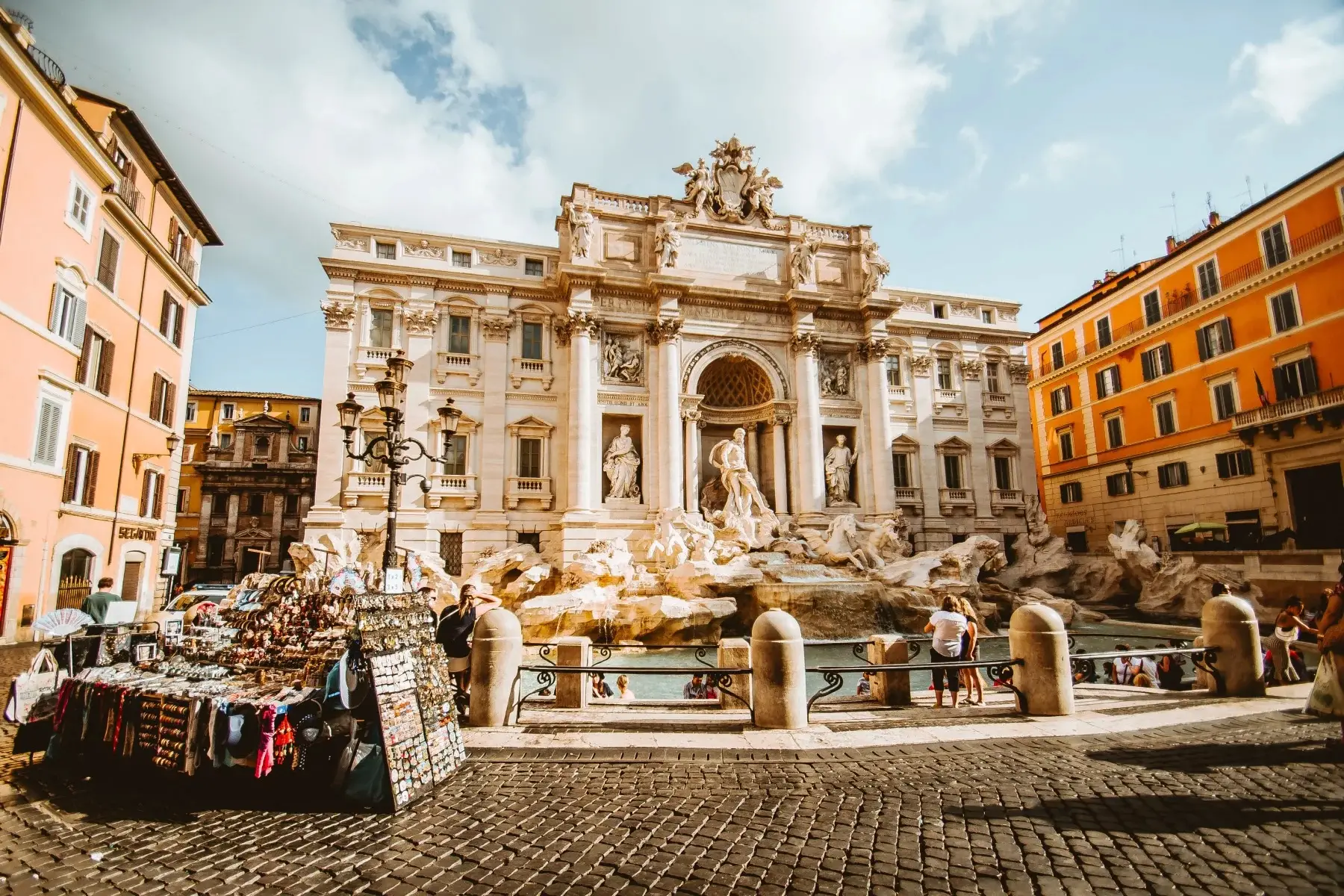
Whether the legend is true or not, many tourists try their luck with nearly €1.5 million in change thrown into the fountain each year. Of course, it all goes to a good cause. The city donates the money to a charity to support families in need and people who are homeless.
16. Religion is a part of the culture
Many Italians are devout Catholics (71.4%), which is reflected in how many places of worship there are across the country. In Rome alone, there are more than 900 churches. It is incredible how many of these survived World War II (WWII).
Other religions practiced in Italy include Islam, Buddhism, Hinduism, Sikhism, and Judaism.
17. Shakespeare was a fan
The Bard might be one of England’s greatest playwrights, but he did not always turn to his home country for inspiration. Shakespeare set 13 of his 38 known plays in Italy, offering a surprisingly nuanced take on the country’s cultures and traditions, even though he may have never been there.
Think about that next time you read or watch, for example:
- Romeo and Juliet (Verona)
- Julius Caesar (Rome)
- The Merchant of Venice (Venice)
- Much Ado About Nothing (Messina, Sicily)
18. One of the world’s five blue zones is in Italy
The residents of Sardinia are known for living long lives and, therefore, one of the world’s Blue Zones (where life expectancy is exceptionally long).
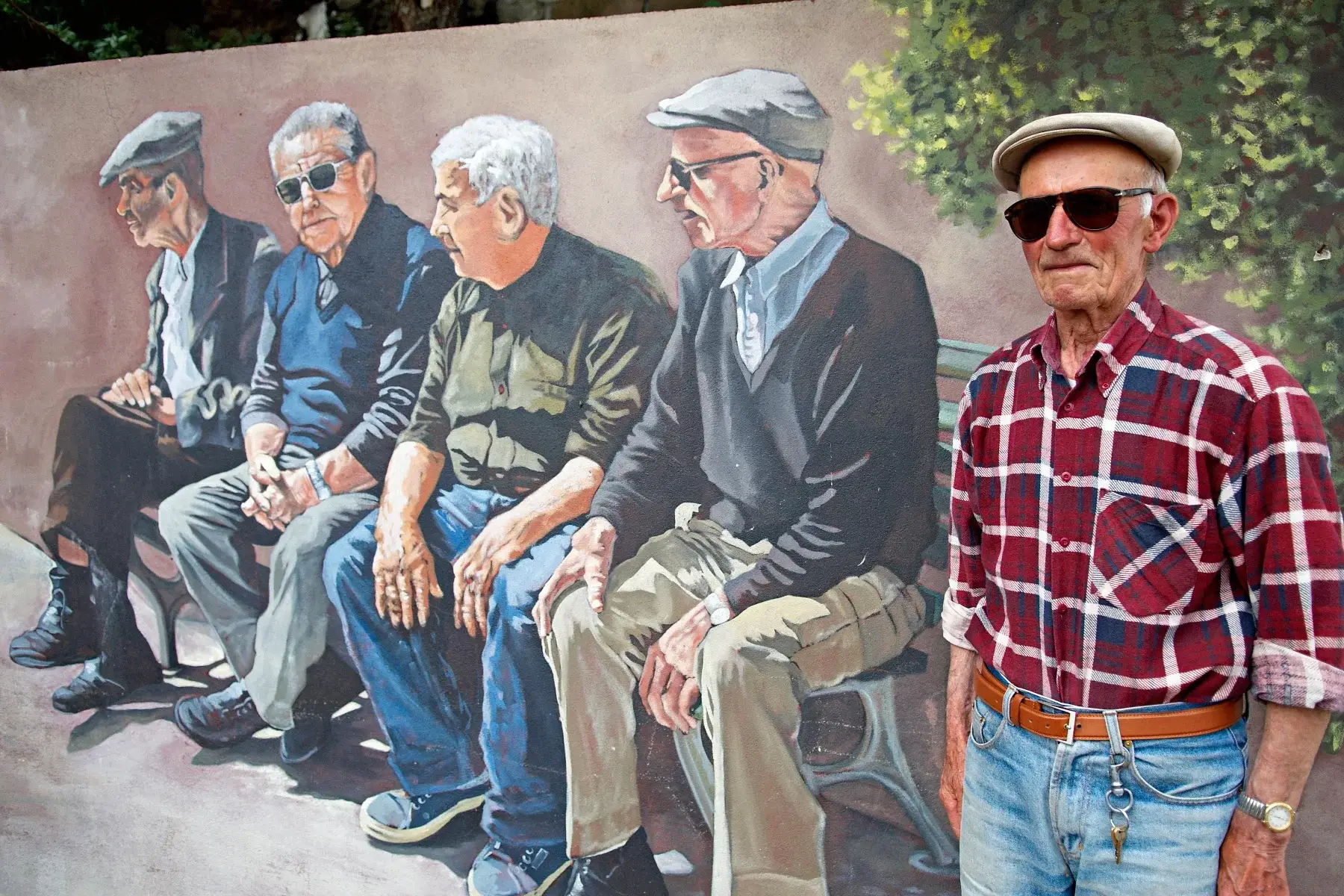
Italy has the third-oldest population globally (behind Monaco (36%) and Japan (30%)), with 24% of the population over 65 years old (2023). The average age in the country is 48.4 (2023), the oldest average in the EU.
19. There are tons of picturesque lakes
There are over 1,500 scenic lakes scattered across Italy. Two of the most famous are Lake Como (Lago di Como) and Lake Garda (Lago di Garda), with surface areas of 146 and 307 square kilometers, respectively. But, if you are looking for smaller gems, consider visiting Lake Iseo (Lago d’Iseo) or Lake Ledro (Lago di Ledro).
Some will love hiking around the foothills of the majestic Alps, while others can enjoy walking barefoot on sandy beaches.
20. Italy has a serious coffee culture
Italians consume an impressive 14 billion espressos yearly, a nod to their healthy obsession with this dark and bitter brew. Most visit local cafés, and with over 270,000 Italians working as baristas, the coffee lover is spoilt for choice.

Many Italians also enjoy making their own java at home, with the average family consuming a whopping 37kg of coffee each year.
One thing Italians never do is drink a cappuccino after a big meal. However, it is not about etiquette but about better digestion.
21. Italians love cheese and are great at making it
Italians may love their cheese even more if that is possible. With over 2,500 traditional cheeses, Italy offers the widest selection of cheeses in the world, including Parmigiano, mozzarella, ricotta, provolone, and gorgonzola. Fortunately, they spread the love as the country is the third-largest cheese producer in the European Union (EU), behind France and Germany.
If you’re a foodie with a weakness for this dairy delight, head to Lombardy to sample their 77 varieties of cheese, especially Grana Padano and mascarpone.
22. The last Italian king had a remarkably short reign
Italy was a dictatorship for twenty years under Benito Mussolini, which ended with his death in 1945. However, it still had a royal family until 1946.
After WWII, the country became a republic by democratic vote, cutting King Umberto II’s rule short. It lasted only a month, from 9 May to 12 June 1946, earning him the nickname ‘the May King.’ He lived his days out in exile in Portugal.
23. Italy even has a free wine fountain
If you love a good drop, you want to head straight for Caldari di Ortona. A small town in Italy’s Abruzzo region, it is famous for having the Fontana del Vino. This fountain spouts free red wine. The town is also famous for being on the route for the Camino di San Tommaso pilgrimage – but the wine probably will not help you with that.
24. Evening strolls are a cultural and social thing
Italians love a big family dinner with delicious food. So it seems appropriate that they find a way to digest their meals.
La passeggiata is the leisurely walk many Italians take before or after their evening meal. It also offers social benefits, as neighbors stop to chat while out for their stroll.
25. Matera is home to 9,000-year-old cave dwellings
Did you know that the white-hued city of Matera was the backdrop to the opening scenes of No Time to Die, the 2021 Bond film?
Another fun Italy fact is that the city is also home to a network of ancient cave dwellings. The Sassi and the Park of the Rupestrian Churches of Matera were inhabited by local residents for centuries. UNESCO named this a World Heritage Site in 1983.
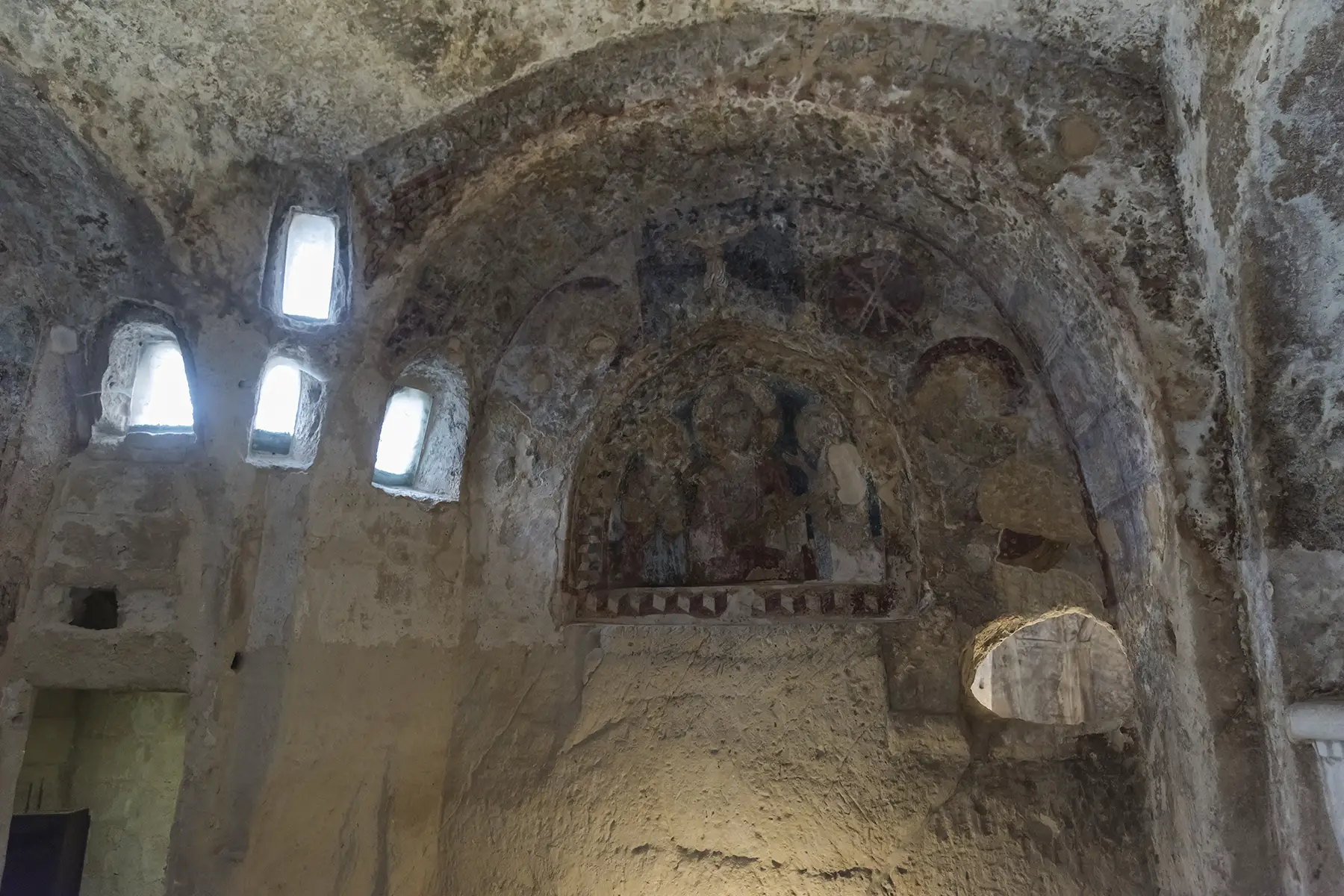
The authorities removed the inhabitants in the 1950s due to the unhealthy conditions. Still, they returned to live here again after renovating the caves.
26. Thank the Italians for your forks
Once upon a time, European people used a knife and stick to cut up and eat their food. Although the Ottoman Empire technically invented forks, they made their way to Italy in the 11th century.
Over time, Italians realized forks were incredibly useful for eating pasta. By the 14th century, Italian merchants had popularized this cutlery across Europe.
27. Italy goes by several other names
A fact many people do not realize about Italy is that it has several names. The country’s official name is La Repubblica Italiana (the Italian Republic). Some Italians, though, will whimsically refer to it as Il Bel Paese, which translates to ‘the beautiful country.’
28. Tourists love Italy
Almost 27 million tourists visited Italy in 2021, significantly down from 64.5 million in 2019, a ripple effect of the COVID-19 pandemic. Fortunately, the tourism industry is slowly recovering.
Italy is an attractive destination in the eyes of many, but Europeans tend to visit most often. According to Istat, most international tourists travel to Italy from Germany, France, Austria, the Netherlands, and the United States, spending an average of seven days exploring the country.
29. Italy supplies the world with olive oil
Italy, Spain, and Greece are the top olive oil producers in the EU. It reached a production volume of 274,000 tonnes in 2020/2021 from about 1.1 million hectares of agricultural land.
Although crops are grown across the country, it is especially prominent in southern Italy, specifically in Apulia, with a production volume of 237,500 recorded in 2020/2021 and an astounding number of 766 olive oil mills.
30. Italians can be superstitious
It is said that Italians are so superstitious that they won’t admit to it, as this brings bad luck. For example, the older generation taught children never to place a loaf of bread upside down on the table or stick a knife in it, as it is a religious symbol of life (i.e., the body of Christ).
When a black cat crosses the street, many will stop and let someone else cross the cat’s path first to ward off bad luck.
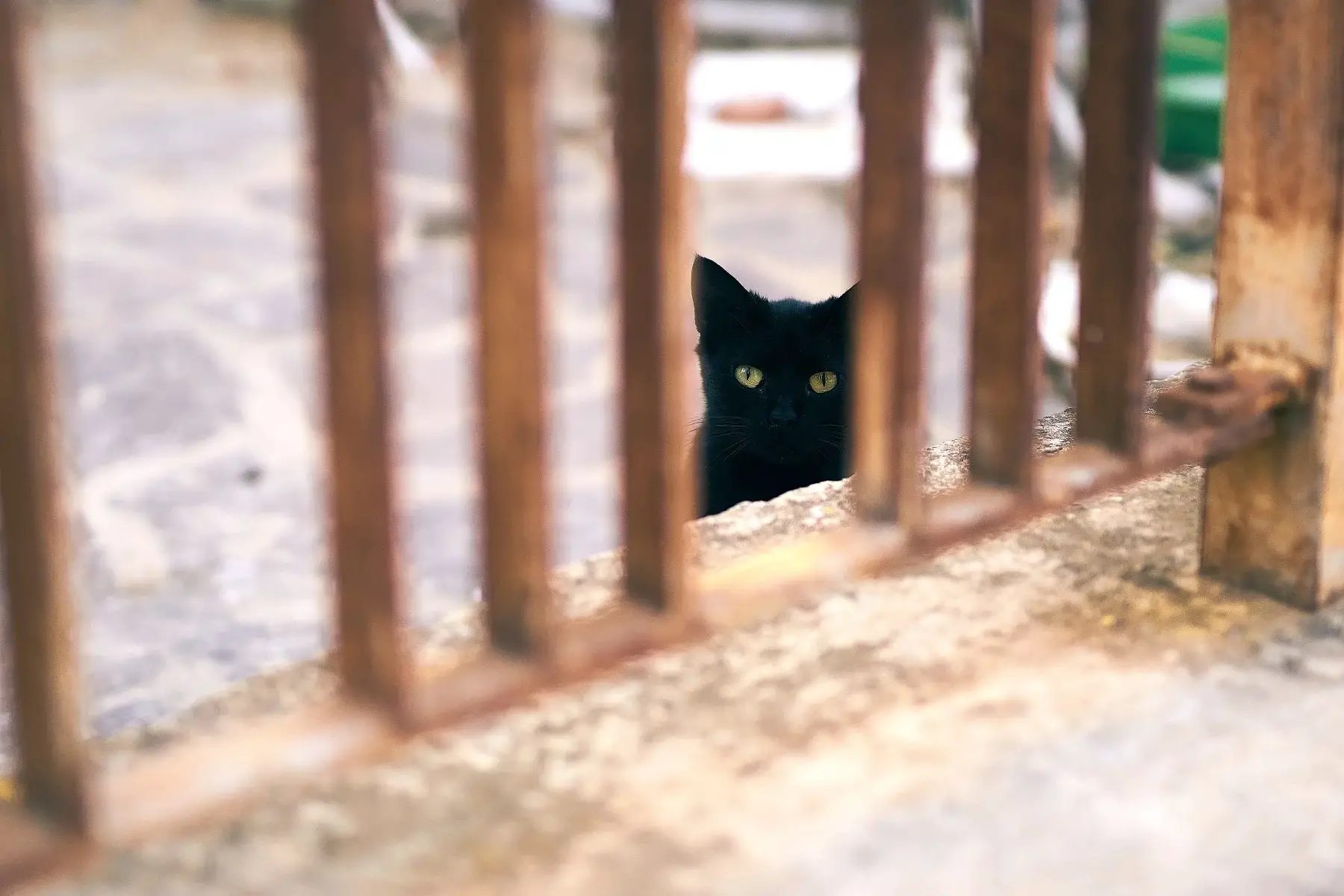
Instead of the number 13, the number 17 is considered unlucky and associated with death. If its Roman numerals XVII are rearranged into the anagram VIXI, it means ‘I have lived’ in Latin. This symbol was carved onto ancient tombstones. At a dinner party, the host may avoid seating 13 people at the table as that is reminiscent of the Last Supper.
This last fact about Italy should, of course, be taken with a grain of salt.




